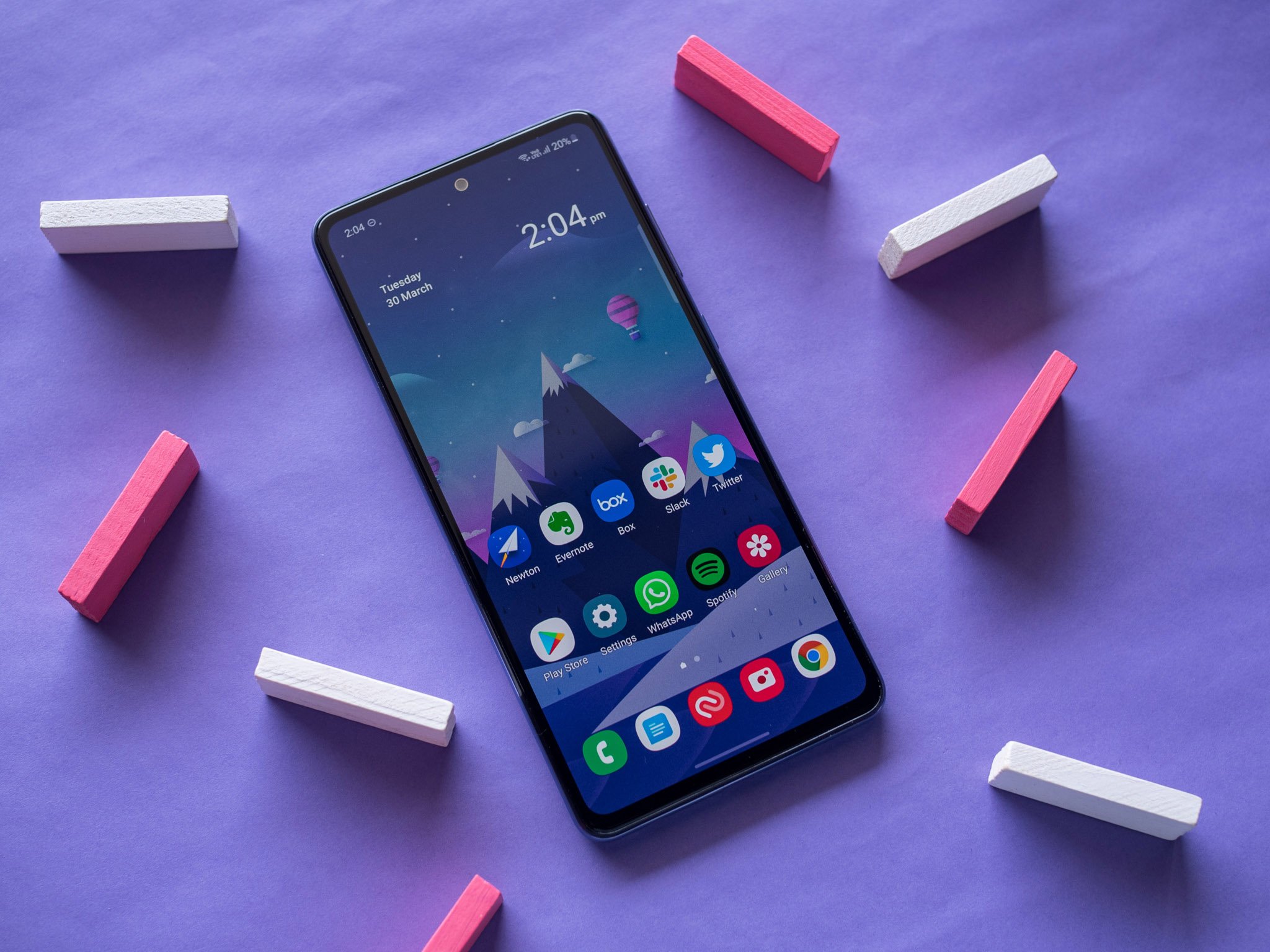Not sure what's new in Chrome OS? We've got you covered!
Chrome OS, Google's own desktop operating system, receives regular updates to outfit it with new features, bug fixes, and more. There are three main levels of Chrome OS (Stable, Beta, and Developer) and while you can learn more about what these mean here, this guide will be updated regularly to highlight the main additions with each new release.
Since Google releases updates so frequently, we'll only share them when something significant is added or patched as new builds are rolled out.
Without further ado, here's what's new in the Stable, Beta, and Developer Channels for Chrome OS!
Stable
June 7, 2018 — Progressive Web Apps can be installed and Tablet Mode gets split-screen support
Chrome OS's Stable Channel was updated to 67.0.3396.78 on June 7, and it comes equipped with a host of new features.
One of the big highlights is the ability to download Progressive Web Apps as standalone applications — similar to how you'd download Android or regular Chrome OS apps. Progressive Web Apps are technically portals to websites but come with refined user interfaces and increased performance. They essentially give you desktop apps for things like Spotify, Flipboard, and more without developers having to create apps specifically for Chrome OS, meaning that we've just about ended the complaint that Chrome OS doesn't have enough applications available for it.
Another big addition is that you can now use apps/websites in split-screen while in Tablet Mode. With devices like the HP Chromebook X2 and Acer Chromebook Tab 10 now around, a feature like this couldn't have come at a better time.
Other goodies include a cleaner list of your Bluetooth devices, the ability to zip files on Google Drive via the built-in Files app, and new shortcuts that pop up when holding down your power button.
Read through the full changelog here
Beta
June 7, 2018 — All HTTP sites are now labeled as "Not Secure"
HTTPS is the future of website security, but for whatever reason, there are still some sites that continue to use the old HTTP standard.
As it stands right now, sites using HTTPS show a green "Secure" badge to the left of the domain. Starting with the Chrome OS 68 beta, that "Secure" badge is being removed and all HTTP sites wil show a "Not Secure" label so users can more easily identify if they're on a site that's not as safe as it should be.
Read through the full changelog here
Developer
July 11, 2018 — Android Nougat's app shortcuts are now live!
App shorcuts, first introduced with Android Nougat, are finally making their way to Chrome OS.
On July 11, 2018, Chrome OS evangelist François Beaufort announced that they are now live in the Chrome OS Dev Channel.
To start using them, simply enable the flag chrome://flags/#enable-touchable-app-context-menu. Once that's done, right-click on an Android app that's pinned to your shelf or in your app drawer and you'll see the app shortcuts menu pop up.
The flag is still experimental, so don't be alarmed if things are a bit buggy right now.
June 8, 2018 — The Pixelbook's power button can act as a physical two-factor authentication key
Two-factor authentication is a great way to secure your online presence, and one way to go about this is by using a USB key. If you've got a Pixelbook running the Developer Channel, you can now mimic the functionality of a USB U2F key with its power button.
To enable this, simply open a Chrome Shell and enter u2f_flags g2f. As with everything in the Developer Channel, this feature isn't the most stable so consider having a USB key anyways just in case something goes wrong.
from Android Central - Android Forums, News, Reviews, Help and Android Wallpapers





0 comments: